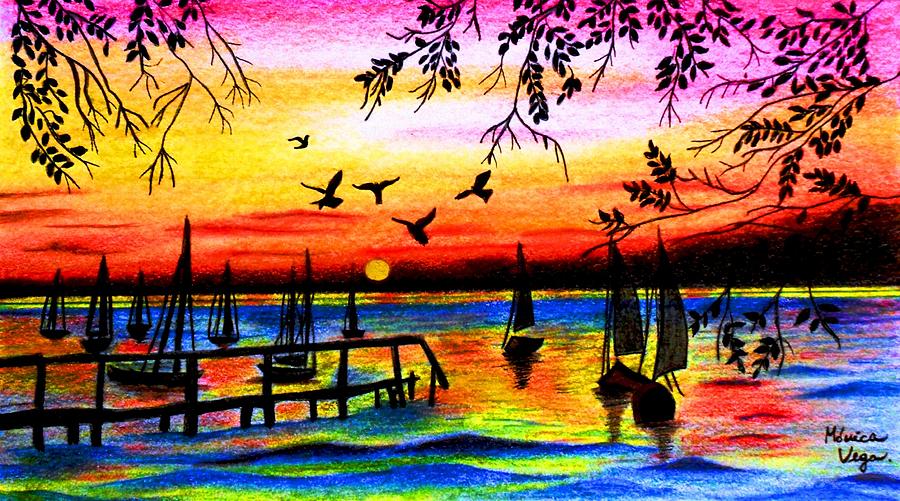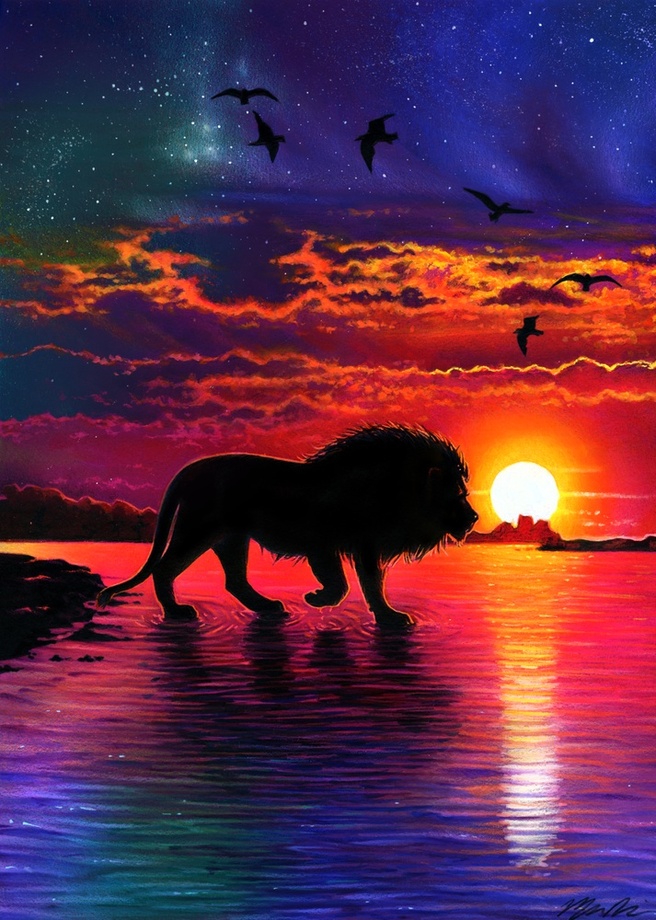

Let's begin by creating a horizon line for your sunset drawing.
#Sunset color pencil drawing download#
Paint orange on top of yellow.Įasy Sunset Drawing at GetDrawings Free download
#Sunset color pencil drawing how to#
Web how to draw sunset step by step: On the left side start drawing mountain, for this. Easy Sunset Drawing at GetDrawings Free download - image credit : As the sun “descends,” it starts to lose its intense hues. Depending on the sunset you’ve got in mind, you’ll want a. This produces highlights on the underside of clouds and shadows on the upper portions.How To Draw And Color A Sunset at Donna Grimes blog Instead of originating from above, the light often originates from the horizon. With a sunset, the light source is a bit more complex. In many circumstances, the light originates from above, producing highlights on the top of subjects and shadows underneath them. The light source is important in any work. A bit of blue is applied to add a bit of depth and complexity to the lower right cloud. A bright orange is used to create highlights and a light purple is applied to ease transitions. Beginning with a medium purple, the shapes of the clouds are defined and lightly blended with a finger. With initial colors of the sky in place, our focus turns to developing the clouds and the light that they reflect. In the lower portion of the sky, colors are gently blended with a finger by pulling them horizontally. Layered applications of orange, yellow, and light cream follow in the area of strongest light. A bit of light cream is applied at the bottom extreme to lighten the value even further. Darker blues are applied at the top of the sky transitioning to lighter blues at the bottom. Over the top, a variety of blues are applied with pastel and blended with a finger. PanPastels are used initially to cover the surface quickly. We start here with a base application of Ultramarine and bits of orange and yellow in the lower portion of the sky. (Some of the following links are affiliate links which means we earn a small commission if you purchase at no additional cost to you.) In this case, we can start at the top of the paper and work our way downward, layering applications as we go. The background can be developed completely before addressing the middle ground and lastly, the foreground.

This allows us to develop a landscape sequentially. For this reason, we can make applications over the top of previous applications, covering them completely. Pastels can be applied with opaque applications, not unlike what we see with oils or acrylics. Many pastel papers are textured with a coarse tooth in order to accept many layers of color, so don't be afraid to build up colors as necessary.

It's important to work through and continue layering applications until the desired color and value is achieved. Some beginners make the mistake of ending the layering process far too early, discouraged by the look of the subject while in transition. This requires the artist to be patient as the painting develops, gradually adjusting as each layer is applied. Often it requires many layered applications to build up the color to level of complexity. There is no mixing of colors prior to application and colors can be quickly adjusted once they are on the surface.Īlthough we benefit from this characteristic, it's important to note that pastels are at their best when they are layered. One of the more appealing aspects of pastels is the immediate gratification of applying colors.

Blues, purples, and oranges provide color contrast and the strengthen the illusion of light in the background - the "star of the show". Silhouetted elements in the middle ground and foreground enhance the lighter tones in the sky. As is the case with any image that features strong light, our focus centers around color and value contrast.


 0 kommentar(er)
0 kommentar(er)
